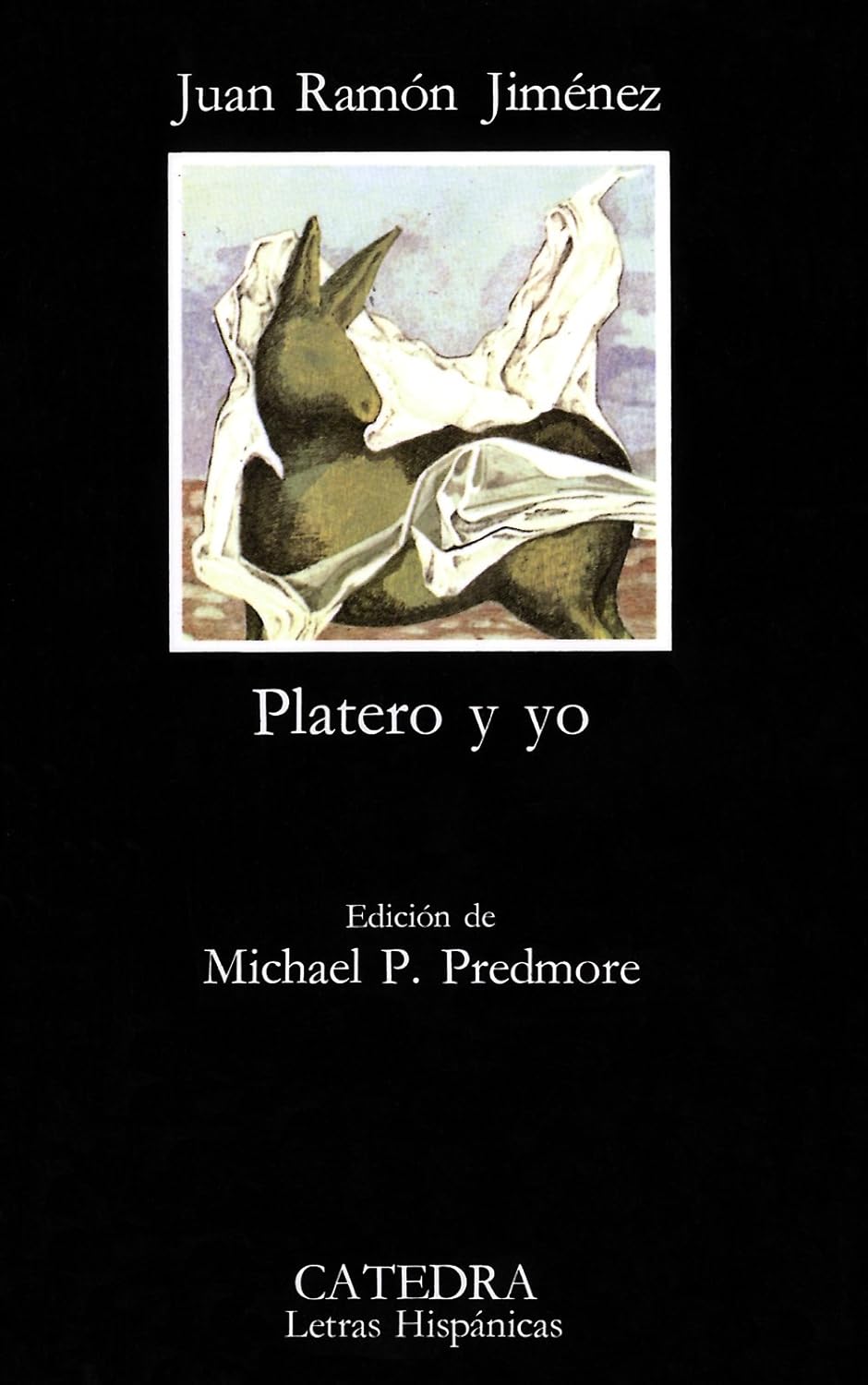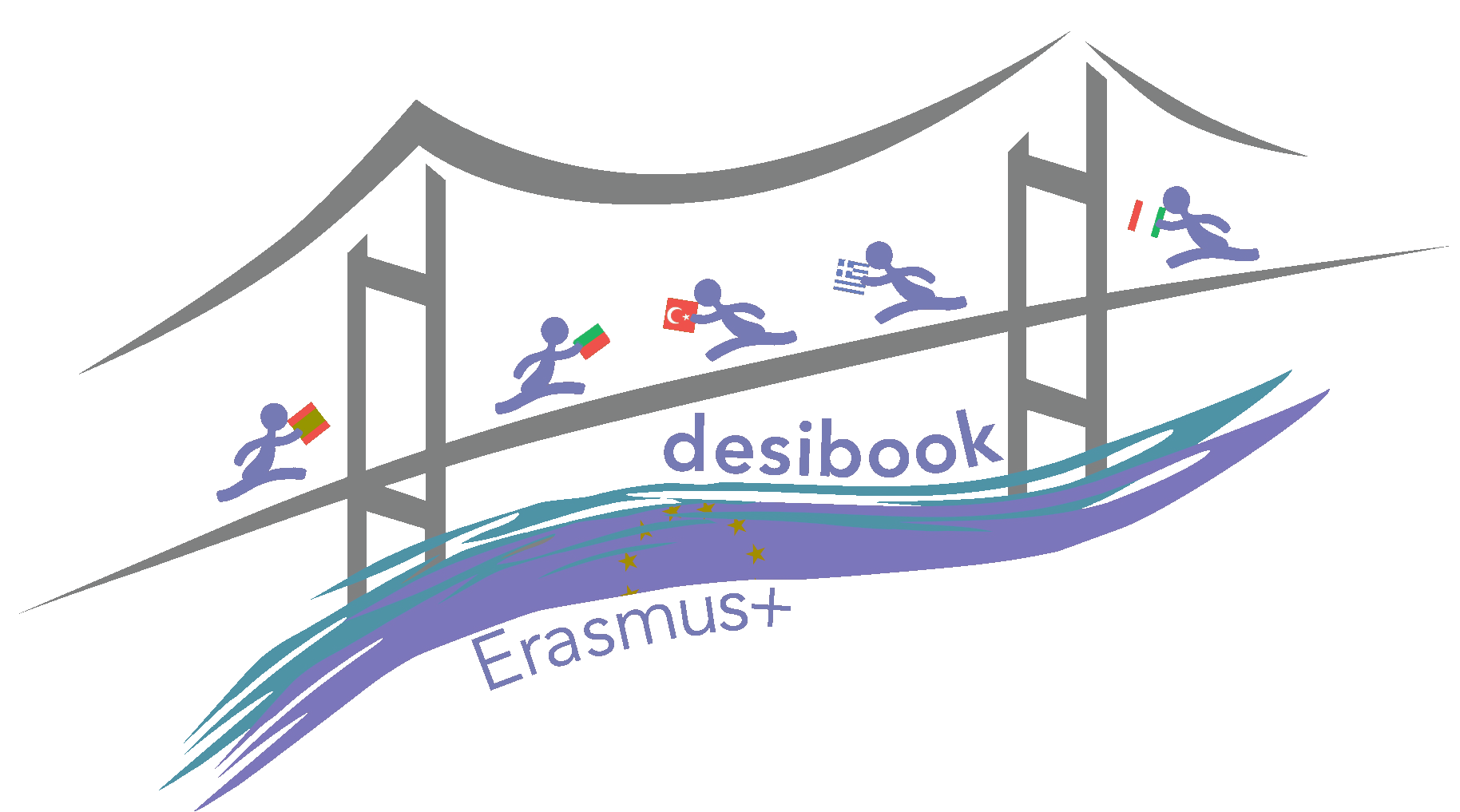PLATERO Y YO / PLATERO AND I
 “>
“>
Autor:
Juan Ramón Jiménez Mantecón
Country:
Spain (ES)
Book Theme:
The books of the Nobel prizes
Publisher:
Ediciones Cátedra
Publishing Year:
2006
He studied at the University of Seville, but influenced by Rubén Darío and other French symbolists, he abandoned his studies in Law and Painting to devote himself to literature.
He travelled to France and the United States, where he married Zenobia Camprubí in 1916.
In 1936, at the outbreak of the Spanish Civil War, he went into exile in the United States, Cuba and Puerto Rico, where he received the Nobel Prize for Literature in 1956.
His poetic career is divided into three stages:
- Sensitive stage (1898-1915): marked by the influence of Bécquer, Symbolism and Modernism.
– Intellectual stage (1916-1936): discovery of the sea as a transcendent motif. The sea symbolises life, solitude, joy, the eternal present time.
– True stage (1937-1958): everything written during his American exile.
National Award for Children’s and Young People’s
Abstract
“Platero y yo” is one of the masterpieces of Spanish literature and the most famous story by Juan Ramón Jiménez. In it the author narrates, with exquisite lyric, the life of a donkey named Platero.
The narrator tells how he returns to his hometown and begins to share his life with Platero, a beloved silver-colored donkey. Platero is the image of the inseparable companion, the ideal friend we would all like to have, as described by the narrator in the first chapter: “Platero is small, hairy, soft; so soft on the outside, you’d think it was all absorbent cotton”.
The young man who takes care of Platero loves its and treats its as if it was his best friend. The death of several family members has turned him into a distrustful boy and Platero will be his faithful companion, his confidant.
With a simple and poetic language Juan Ramón Jiménez shares with us his memories, the daily life of the people of his hometown Moguer, telling us their stories through his love for Platero.
This journey through the author’s childhood is full of sensations, colours, images and aromas that transcend everything he sees; the children, their innocence and their games, the paths, the nature….
The feelings that the narrator experiences for his friend are very deep and special. The return to his roots and the passage of time help him to reflect, learning to value nature and to see the change and evolution that the environment around him undergoes over the years.
The chapters compile and expose experiences and memories lived, which come and go, between Platero and the narrator and show us the sensations, impressions and memories that Juan Ramón Jiménez has of Moguer during his childhood. The narration does not have a chronological order, it does not keep a thematic order, the events narrated take place in spring and end in winter, coinciding with the seasons of the year.
The narrative ends with a very symbolic ending that shows us how to face one of the most painful moments of life.



